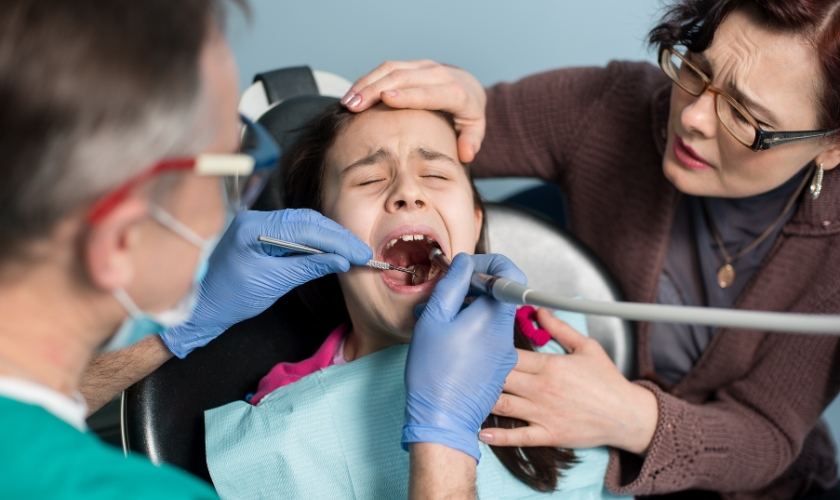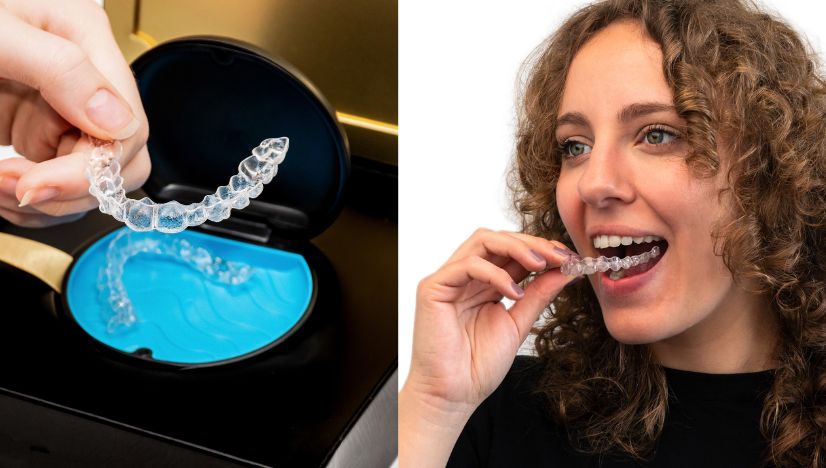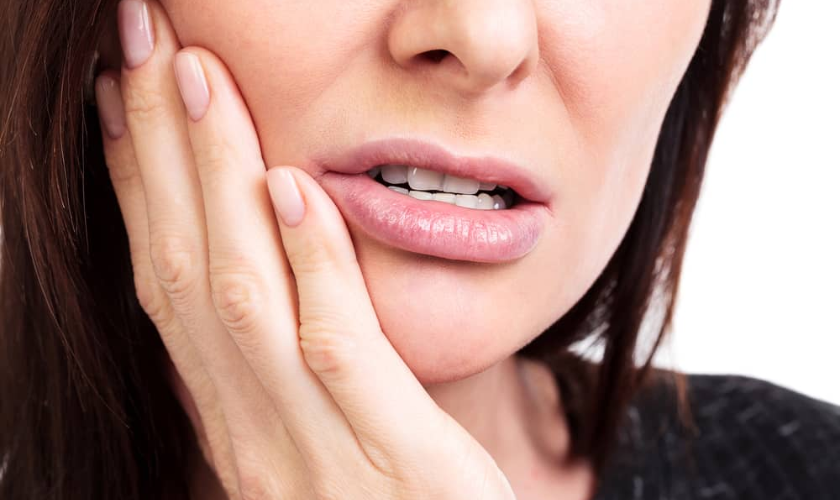
A toothache in a child can feel like a small crisis. Whether it’s a dull ache or a sharp pain, watching your child suffer is never easy. The good news? Most toothaches in kids have clear causes and simple solutions. Let’s explore the most common reasons behind those cries of “My tooth hurts!” and what you can do to help.
Top Reasons Kids Get Toothaches (And What To Do)
1. Cavities: The Root Cause
By far, the most common cause of tooth pain in children is tooth decay, also known as cavities. These small holes in teeth form when bacteria feed on sugar and produce acid that erodes the enamel.
Signs to watch for:
- Pain while eating sweets or cold foods.
- Visible holes or dark spots on the teeth.
- Complaints of pain that come and go.
What to do: Limit sugary snacks, make sure your child brushes twice a day with fluoride toothpaste, and schedule regular checkups with a children’s dentist.
2. Loose or Emerging Teeth
When baby teeth become loose or adult teeth start to come in, it can cause discomfort. This is especially common between the ages of 6 and 12.
Your child may say things like:
- “It hurts when I bite down.”
- “This tooth feels weird.”
What to do: Reassure your child that this is normal. Offer soft foods and gently encourage them to wiggle the loose tooth independently. If pain seems intense or the tooth is stuck, visiting a children’s dentist in Penn Township might be needed.
3. Tooth Sensitivity
Sometimes, the pain is caused by sensitivity rather than a deep issue. Sensitive teeth may react to:
- Cold or hot food.
- Sweet snacks.
- Brushing too hard.
What to do: Use a toothpaste for sensitive teeth and teach your child gentle brushing techniques. If the problem continues, seek professional advice.
4. Gum Infections or Irritation
Swollen, red, or bleeding gums may signal an infection or gum disease—even in kids! This often causes tooth pain and discomfort.
Common causes include:
- Poor brushing habits
- Food stuck between teeth
- Mouth injuries
What to do: Help your child brush and floss properly. Rinse with warm saltwater and monitor for swelling. If it doesn’t improve, book an appointment right away.
5. Tooth Grinding (Bruxism)
Did you know kids grind their teeth, too? It often happens during sleep and can lead to sore jaws, headaches, and worn-down teeth.
According to the American Academy of Sleep Medicine, nearly 20-30% of children grind their teeth at night.
What to do: Watch for signs such as morning jaw pain or teeth that appear flat. If needed, a dentist can fit a mouthguard.
6. Sinus Pressure
Sometimes a toothache isn’t a tooth problem at all. When your child has a cold or sinus infection, the pressure can make the upper teeth ache.
What to do: Look for other signs, such as a stuffy nose or fatigue. Treat the cold, and the tooth pain usually fades with it. If it persists, consult with your child’s healthcare provider.
7. Injuries and Cracks
Playground falls and sports accidents are common causes of chipped or cracked teeth, often resulting in sudden pain.
Look for:
- A chipped or broken tooth.
- Swelling or bruising.
- Pain when chewing.
What to do: Apply a cold compress and see a dentist as soon as possible. Quick action can save the tooth and reduce pain.
Helping Your Child Cope
Toothaches can be scary for kids, so comfort is key. Here are a few things you can do at home:
- Use children’s acetaminophen or ibuprofen (if recommended by a doctor).
- Apply a cool compress to the outside of the cheek.
- Offer soft foods and avoid anything too hot or cold.
- Keep their head elevated if pain gets worse at night.
When To See A Professional?
If your child’s tooth pain lasts more than a day or two, is severe, or comes with a fever or swelling, it’s time to call a professional. Our children’s dentist can quickly identify the root of the problem and treat it before it worsens.
Tooth pain in children is common, but never something to ignore. Understanding the causes and knowing when to seek help can ease your child’s discomfort and protect their growing smile.




